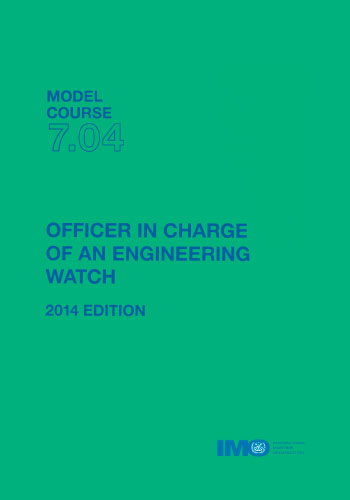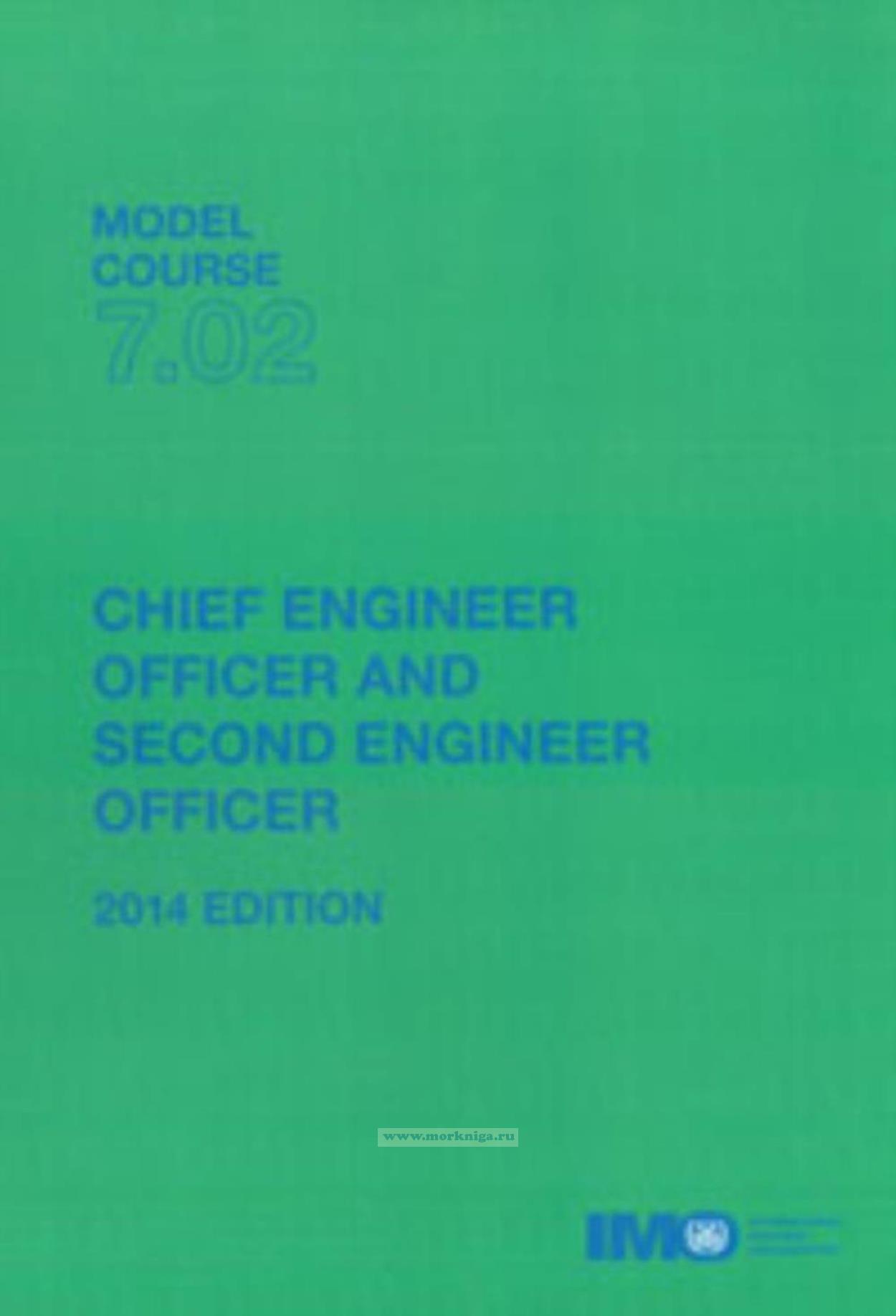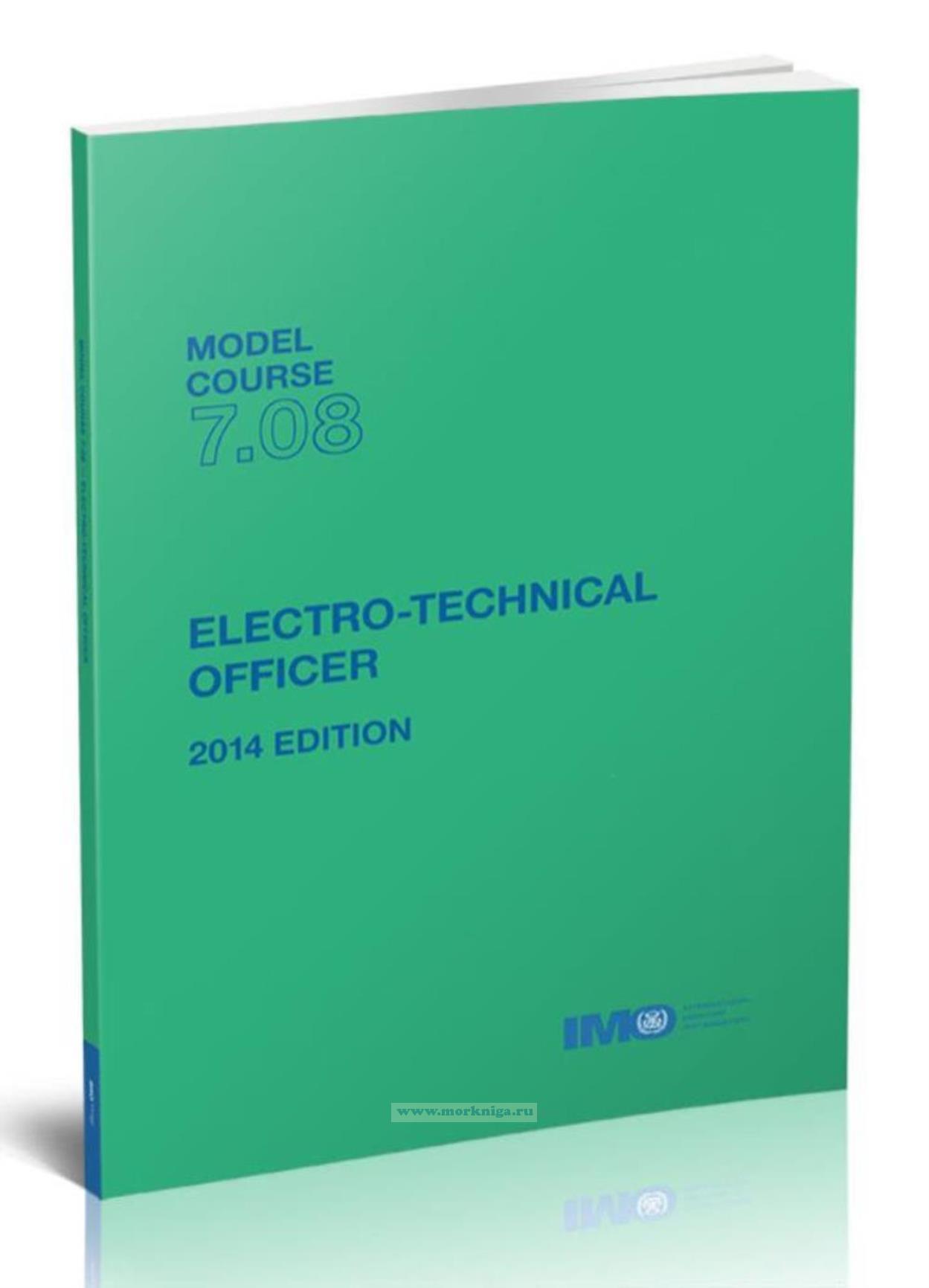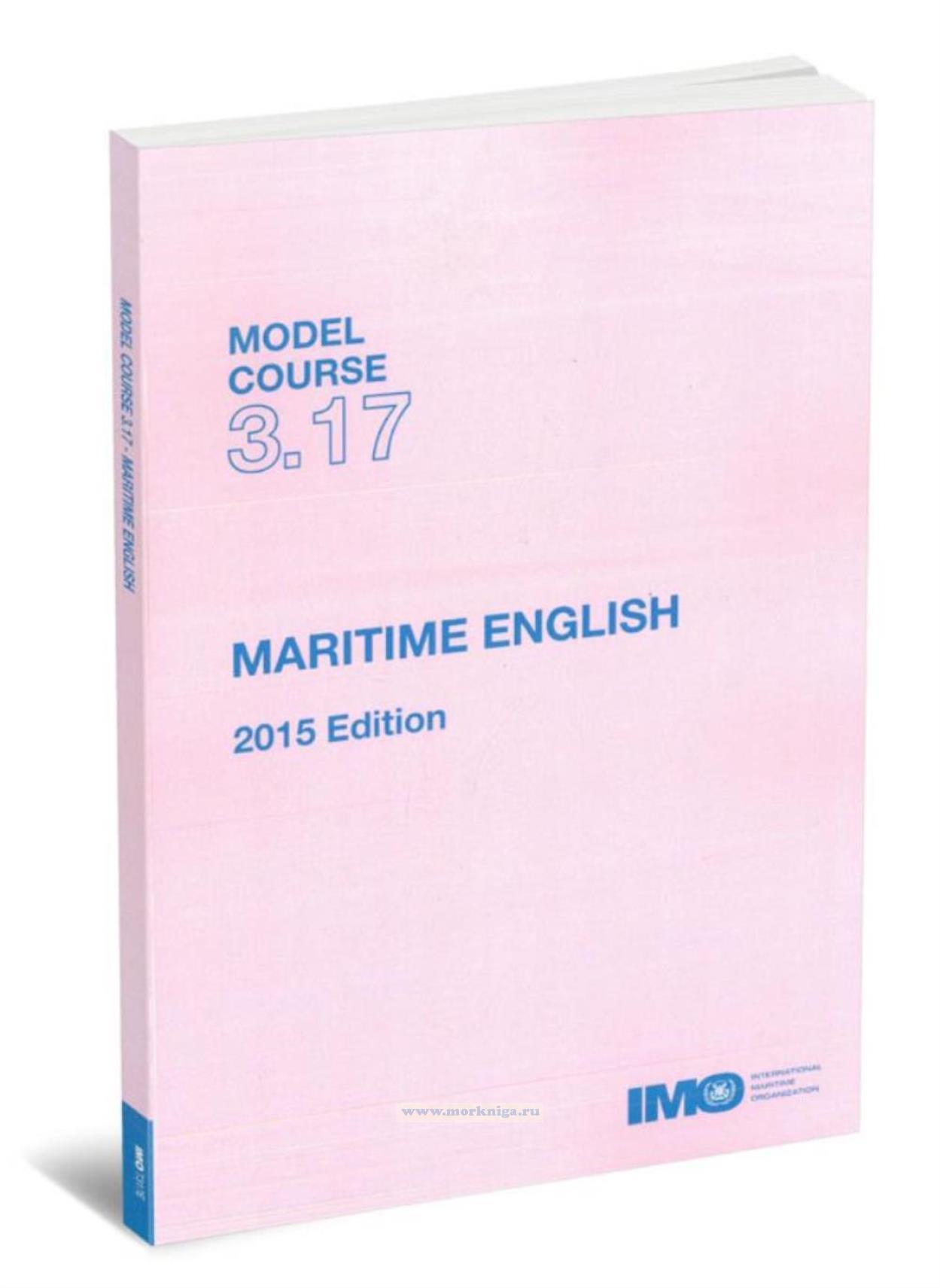Сб с 10 до 16
Officer in charge of an engineering watch. Model course 7.04
Книга на английском языке.
Following the adoption of the International Convention on Standards of Training, Certification and Watchkeeping for Seafarers, 1978 (STCW), a number of IMO Member Governments had suggested that IMO should develop model training courses to assist in the implementation of the Convention and in achieving a more rapid transfer of information and skills regarding new developments in maritime technology.
The purpose of the IMO model courses is to assist maritime training institutes and their teaching staff in organizing and introducing new training courses or in enhancing, updating or supplementing existing training material where the quality and effectiveness of the training courses may thereby be improved.
It is not the intention of the model course programme to present instructors with a rigid ''teaching package'' which they are expected to ''follow blindly''. Nor is it the intention to substitute audio-visual or ''programmed'' material for the instructor's presence. As in all training endeavours, the knowledge, skills and dedication of the instructors are the key components in the transfer of knowledge and skills to those being trained through IMO model course material.
These model courses may be used by any training institution and, when the requisite financing is available, the Organization is prepared to assist developing countries in implementing any course.
Contents
Foreword
Introduction
Purpose of the model courses
Use of the model course
Lesson plans
Presentation
Implementation
Course objective
Entry standards
Course intake limitations
Textbooks
Training and the STCW Convention 1978, as amended
Ships without steam boilers
Responsibilities of Administrations
Validation
Conventions, Regulations and Legislation
Part A: Course Framework for all functions
Aims
Objective
Function 1
Function 2
Function 3
Function 4
Entry standards
Course certificate
Staff requirements
Teaching facilities and equipment
Teaching aids (A)
Videos (DVDs) & CDs
IMO references (R)
Textbooks (T)
Bibliography (B)
Function 1: Marine Engineering at the Operational Level
Part B1: Course Outline
Timetable
Lectures
Course outline
Part C1: Detailed Teaching Syllabus
Introduction
Explanation of information contained in the syllabus tables
Part D1: Instructor Manual
1.1 Maintain a Safe Engineering Watch
1.2 Use English in Written and Oral Form
1.3 Use Internal Communication Systems
1.4 Operate Main and Auxiliary Machinery and Associated Control Systems
1.5 Operate Fuel, Lubrication, Ballast and Other Pumping Systems and Associated Control Systems
Function 2: Electrical, Electronic and Control Engineering at the Operational Level
Part B2: Course Outline
Timetable
Lectures
Course outline
Part C2: Detailed Teaching Syllabus
Introduction
Explanation of information contained in the syllabus tables
Part D2: Instructor Manual
2.1 Operate Electrical, Electronic and Control Systems
2.2 Maintenance and Repair of Electrical and Electronic Equipment
Function 3: Maintenance and Repair at the Operational Level
Part B3: Course Outline
Timetable
Lectures
Course outline
Part C3: Detailed Teaching Syllabus
Introduction
Explanation of information contained in the syllabus tables
Part D3: Instructor Manual
3.1 Appropriate Use of Hand Tools, Machine Tools and Measuring Instruments for Fabrication and Repair On Board
3.2 Maintenance and Repair of Shipboard Machinery and Equipment
Function 4: Controlling the Operation of the Ship and Care for Persons on Board at the Operational Level
Part B4: Course Outline
Timetable
Lectures
Course outline
Part C4: Detailed Teaching Syllabus
Introduction
Explanation of information contained in the syllabus tables
Part D4: Instructor Manual
4.1 Ensure Compliance with Pollution Prevention Requirements
4.2 Maintain the Seaworthiness of The Ship
4.3 Prevent, Control and Fight Fires On Board
4.4 Operate Life-Saving Appliances
4.5 Apply Medical First Aid On Board Ship
4.6 Monitor Compliance With Legislative Requirements
Part E: Evaluation
Initial/Diagnostic assessment
Formative assessment
Summative assessment
Evaluation for Quality assurance
Assessment Planning
Validity
Reliability
STCW Code
Evaluation of competence
Calculations
Compiling tests
Advantages and disadvantages of oral and practical tests
Appendices
Purpose
Training objectives
Entry standards
Teaching facilities and equipment
Guidance notes
Teaching aids (A)
Textbooks (T)
Appendix 1: Basic Engineering Science
Appendix 2: Mathematics
Appendix 3: Thermodynamics
Appendix 4: Mechanical Science
Appendix 5: Industrial Chemistry
Guidance on the implementation of IMO model courses





 Chief engineer officer and second engineer officer. Model course 7.02
Chief engineer officer and second engineer officer. Model course 7.02  Electro-technical officer. Model course 7.08
Electro-technical officer. Model course 7.08  Maritime english. Model course 3.17
Maritime english. Model course 3.17